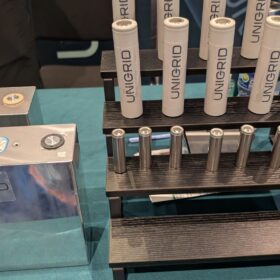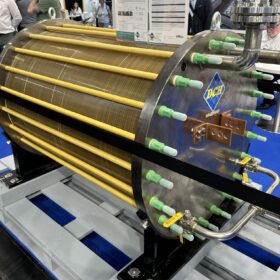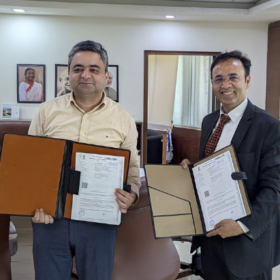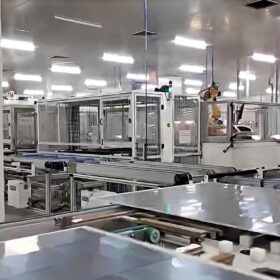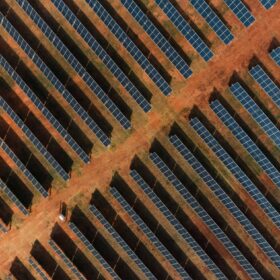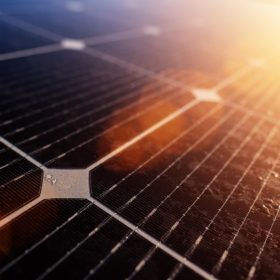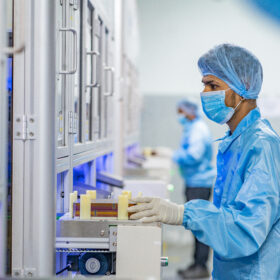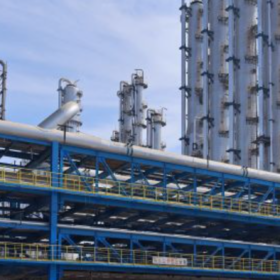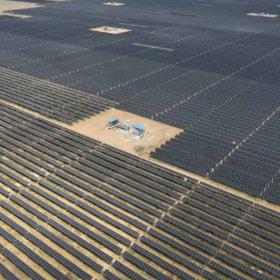Indexel Engineering secures 50 MWh supply of US developed sodium-ion batteries from Unigrid
Indexel Engineering has secured 50 MWh supply of sodium-ion batteries from US-based battery innovator Unigrid.
Indosolar posts INR 55 crore profit in FY25 after Waaree takeover
Solar cell manufacturer Indosolar Ltd, now acquired by Waaree Energies, has posted a net profit of INR 55 crore for the fiscal year 2025, a sharp turnaround from a loss of INR 15.44 crore in FY 2024.
The Hydrogen Stream: EU backs €400 million H2 scheme in Spain
The European Commission has cleared a €400 million ($455.2 million) Spanish aid program to scale renewable hydrogen output, backing up to 345 MW of electrolyzer capacity and targeting 221,000 tons of production via the EU Hydrogen Bank’s 2025 auction round.
Attero enters solar panel recycling MoU with NISE
Attero and the National Institute of Solar Energy (NISE) have signed a memorandum of understanding for research and development of solar panel recycling technology in India.
WorldOne Energies commissions 1.2 GW solar module line
WorldOne Energies has commissioned a 1.2 GW solar module manufacturing line that will produce its Supreme series n-type TOPCon panels.
Emmvee expands solar module capacity to 6.6 GW
India’s Emmvee has opened its fifth solar module manufacturing facility in Bengaluru. With this expansion, it has reached a capacity of 6.6 GWp for PV modules and 2.5 GWp for cells.
Global solar module shipments hit 703 GW in 2024
The new edition of the International Technology Roadmap for Photovoltaic (ITRPV), published this week, reports that average PV module prices last year dropped by 33% compared to the end of 2023.
Solar cells were not exempted from import tariffs in recent US Executive Order
Solar cells are not exempt from the recent reciprocal import tariffs, and recent reporting by major media outlets appears to be a mis-interpretation of government documentation.
BC Jindal Group announces INR 15,000-crore investment in solar and battery manufacturing
The BC Jindal Group has unveiled plans to invest INR 15,000 crore by 2030 to establish multigigawatt-scale manufacturing capacities for solar cells and modules, battery cells and packs, and solar glass.
Havells invests INR 600 crore in Goldi Solar
Havells India Ltd has signed binding term sheet to invest INR 600 crore in Surat-based PV module manufacturer Goldi Solar (Goldi). As part of conditions precedent to the transaction, Havells will enter into a master supply and service agreement with Goldi for consistent supply of solar modules and cells.
